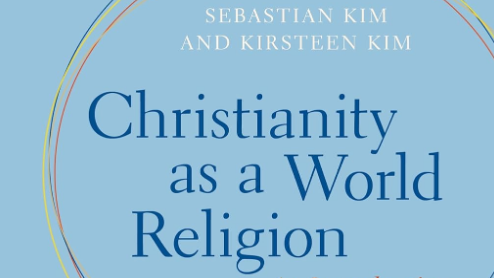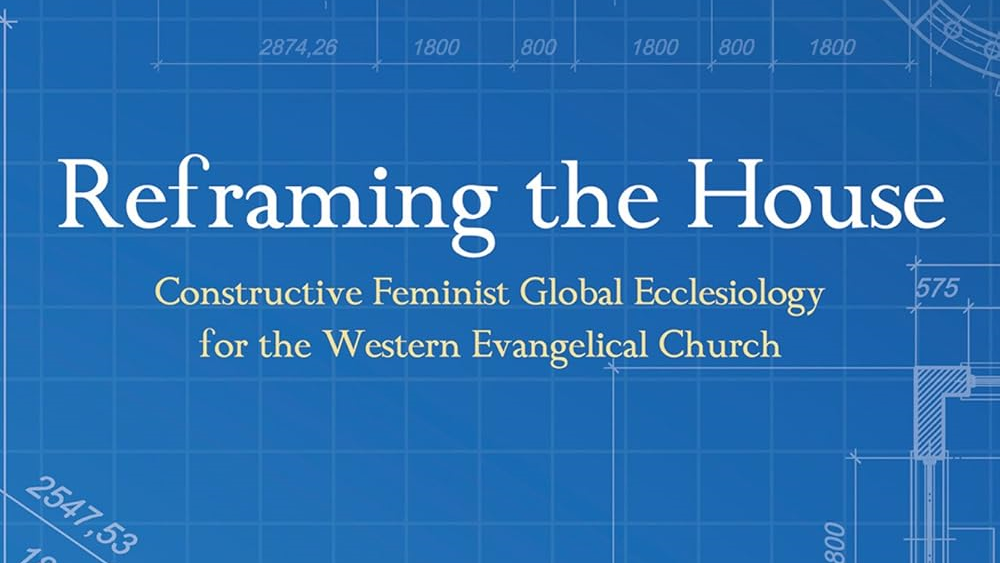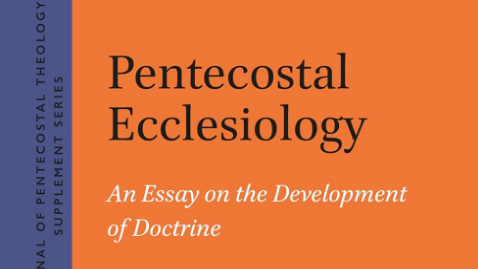Christianity as a World Religion: An Introduction

Table of contents

Sebastian Kim and Kirsteen Kim’s Christianity as a World Religion: An Introduction situates Christianity within its global context, with a particular focus on its diverse manifestations at the grassroots level, which constitutes the central concern of the text. Organized by geographical region, the book covers Asia, Africa, Europe, Latin America and the Caribbean, North America, and Oceania.
The Review
Within each context, the authors explore four interrelated dimensions of Christianity: its historical development, ecclesiastical and cultural theologies, interreligious and communal relations, and distinctive forms of worship. The text is further enriched with expanded chapters, summaries, images, maps, and nuanced discussions that illuminate the complex phenomenon of “world Christianity.”
The authors address the plurality inherent in Christianity and provide a rigorous justification for applying the term “world religion” to it, particularly in the introduction and conclusion. They argue that Christianity is characterized by various topographical, theological, geographical, socio-political, historical, and structural elements that qualify it as a “world religion.” Specifically, they highlight Christianity’s inherent missionary impulse and universal theological claims, which have facilitated its global dissemination and interconnectedness. Simultaneously, however, Christianity is “manifested in local communities and rooted in cultures” across diverse regions.
Building upon this foundational understanding of world Christianity, the subsequent chapters employ a regional approach to analyze Christianity as a world religion, including perspectives from Europe and North America. The objective is not to provide a historical overview but rather to focus on the contemporary expressions of Christianity unique to each region. This regional approach challenges the prevalent perception that World Christianity is merely a product of Western expansion. Instead, the book demonstrates that Christianity is predominantly an indigenous response, most effectively propagated through grassroots movements rather than the hegemony of established churches. The regional approach offers comprehensive overviews and references to current literature, allowing readers to further explore the subject.
In the introduction, the authors distinguish five streams of world Christianity, which they examine in the subsequent regional chapters: Orthodox, Catholic, Protestant, Evangelical, and Pentecostal-charismatic. The history and patterns of worship associated with these traditions are discussed before delving into the specific regions under analysis. Additionally, the book begins with a brief theological outline that serves as a reference point for the studies that follow. These distinctions aid in navigating the various streams of Christianity across different parts of the world. However, a potential limitation of this approach is that it may not fully account for the diversity within these categories, as some groups identifying with these traditions may not recognize each other’s validity, and fringe Christian groups may not easily fit into these categories.
The Critique
I now turn to my critique of the book.
The regional approach employed by the authors is commendable, as it allows for an in-depth analysis of Christian movements within diverse geographical, ethnic, and socio-political contexts, providing a comprehensive portrayal of the global diversity of Christianity. However, the emphasis on local expressions of Christianity comes at the expense of addressing the common elements that unite the various Christian traditions, particularly their shared veneration and worship of Jesus Christ. In my view, this shared focus on Christ is the essential characteristic of Christianity, reflecting its unity in the collective recognition of the risen Savior. While this unity may be implicitly assumed, it would have been beneficial for the authors to explicitly highlight the role of Christ as a unifying force across all cultures, regions, and nations.
Moreover, due to the inherent limitations of a single volume, the book does not delve deeply into the theological nuances and details that are crucial to specific traditions. For instance, the book’s reference to the “divine-human nature” of Christ as professed by Orthodox and Catholic Christians is inaccurate; it is the divine-human person of Christ who is worshipped. This distinction is vital because the person of Christ represents the union of divine personhood and human nature, which are intrinsic to Him. Thus, it is Jesus, the Son of God, rather than His nature, who is the object of Christian worship. Additionally, the assertion that all seven ecumenical councils were presided over by the Patriarch of Constantinople is incorrect, as Eastern Orthodox theology is defined by the creeds of these councils, which were not uniformly presided over by any single patriarch.
Another issue arises from the book’s initial theological outline, which posits that when Christianity takes root in a new cultural context, it is not only the outward form of the faith that is affected, but also its content, which is challenged and reshaped in that setting. This perspective leads the authors to analyze multiple “Christianities” with various centers, thereby justifying the characterization of Christianity as a “world religion” based on its grassroots manifestations. The authors describe Christianity as “polycentric,” a theme that recurs throughout the book. However, this concept of polycentricity is ambiguous, as it does not clarify what aspect of Christianity is polycentric. If the term refers to Christianity’s local manifestations rooted in diverse societies and cultures, it is crucial to recognize that the true “center” of Christianity is not found in any location but in the person of Jesus Christ, as represented by the various Christian traditions. Therefore, the book should have clarified that Christianity can only be considered polycentric in terms of its local expressions within specific traditions and denominations, while its essence remains static and foundational.
Conclusion
In sum, Christianity as a World Religion offers an excellent introduction to the complexity of world Christianity. In my academic exploration of global religious plurality, this book provides valuable insights into the internal plurality within Christianity itself. It underscores the importance of not only engaging with external religious traditions but also reflecting on the diverse expressions of Christianity within different regions and nations. While numerous schisms may divide the Christian community, the book reminds us of the overarching unity that is found in the shared worship of one Lord.
The authors’ regional overview enables them to draw several significant conclusions about the current state of Christianity. They foresee World Christianity evolving into a “lively meeting place,” a “mosaic within a mosaic,” and an “ongoing, multi-directional conversation.” Although the regional approach compels the authors to attempt an encyclopedic description of contemporary Christianity, the chapters are well-organized, with concise summaries of key points at the end of each, as well as study questions and further readings for students and scholars seeking to deepen their understanding of the intricacies of Christianity in specific regions. I wholeheartedly recommend this book as a valuable resource for academic study and reflection.



